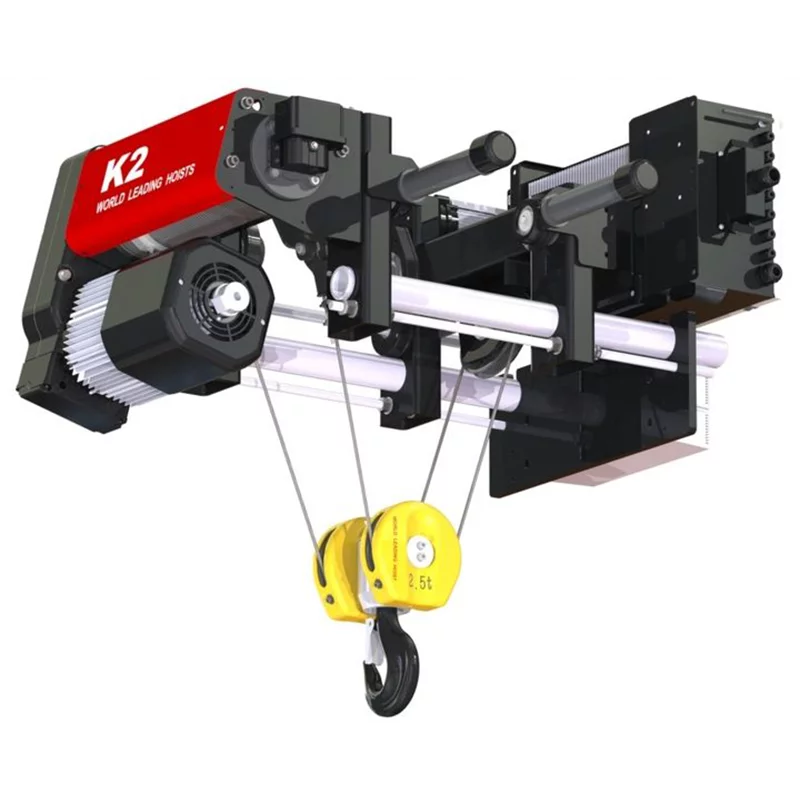Regular crane inspections are essential to ensure safety, compliance, and optimal performance. These inspections consist of two crucial parts that focus on different aspects of crane functionality, including the hoist equipment supplies and their overall structure. Understanding these two components is vital for businesses relying on crane operations.
Visual Inspection
The first part of a frequent crane inspection is the visual assessment. This process involves a thorough examination of all visible components to identify any signs of wear, damage, or corrosion. Crane hoist manufacturers recommend checking critical elements such as hooks, chains, and wire ropes to ensure they are in good condition. A detailed visual inspection can reveal surface-level issues before they develop into more significant problems, ultimately reducing downtime and enhancing safety.
Functional Testing
Following the visual inspection, functional testing takes place. This step ensures that the crane operates according to its specifications and safety standards. Operators will assess the hoist equipment supplies, checking the lifting mechanism, brakes, and control systems for proper functioning. This part of the inspection is crucial, as it confirms that all components work together effectively, allowing for precise and safe lifting operations. Regular functional testing helps identify any technical deficiencies that may compromise crane performance.
Elevating Standards in Crane Operations
Understanding the two parts of a frequent crane inspection enables businesses to maintain high safety and operational standards. By conducting thorough visual inspections and functional tests, companies can ensure their hoist equipment supplies remain reliable and efficient. WORLDHOISTS, a trusted name among crane hoist manufacturers, provides exceptional wire rope hoists designed for diverse conditions, including extreme environments and specialized applications. Investing in quality equipment and regular inspections will help businesses maximize productivity and safety in their crane operations.


